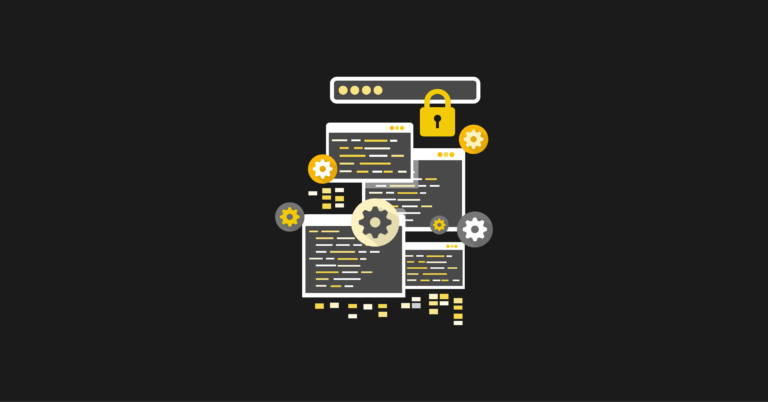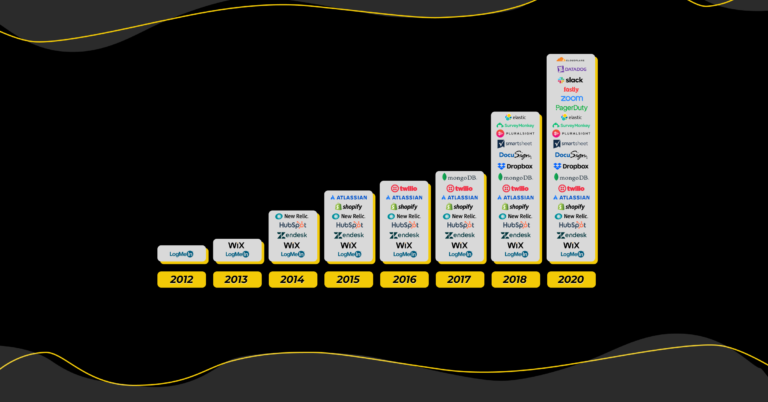Transitioning your company to a product-led growth model can seem impossible and overwhelming – how do you get your team, and eventually, your organization to buy in?
It starts with you.
In this article, I’ll show you how to build support for a testing and experimentation agenda so you can create evangelists within your company. We’ll cover how to:
- Find and leverage early adopters
- Build momentum with early wins
- The importance of testing and experimentation
- Build stakeholder support
Let’s get started.
Find and Leverage Early Adopters
The first step on your journey towards experimentation is to find and leverage early adopters. We commonly think of early adopters as customers who adopt your product early, but early adopters can also include people within your company. These are people who are on board with the transition earlier.
Find those people.
Here’s how you can do that:
- Identify members who have done testing in the past. First, find internal early adopters; you can find these people by looking around your organization. Then, talk to members of your organization who have taken the initiative to experiment.
- Talk with your colleagues about marketing and growth teams. Consider the parts of your organization that typically do testing: your growth or marketing team. Testing may involve new lead channels, new marketing copy, or testing new ad designs, but that's still testing. This type of testing approach, knowledge, cadence, and improvement can help as you bring testing and experimentation more into the product part of your organization.
- Identify members who are passionate about A/B testing. As you talk with members of your organization, notice the people whose eyes light up when you talk about A/B testing, experimentation, or product-led growth as a concept. Who is reading about this topic in their free time?
Start building this group of people. It doesn't have to be huge. It just has to be more people than you.
It’s important to find more early adopters because they will be the foundation of your testing team.
Build momentum by finding early wins
Once you’ve found your early adopters, it's critical that you record some early wins. It's already hard enough to make a change: people have a certain mental clock and a tolerance for the amount of time they’re willing to put into something.
So it's really critical that you record an early win if you can.
There are a few ways you can successfully do this:
- Identify the highest leverage points in your funnel: First, look at all of the steps of the funnel (from acquisition to activation) and find what is most neglected or least effective today- These are high leverage points.
- Find the lowest effort, high potential tests such as: Paying attention to neglected areas that are low effort is essential to this tactic. This is really important. Everyone can come up with testing ideas, but it's tricky to brainstorm ones that are low effort and have high potential.
Next, you need to understand the importance of experimentation.
The Importance of testing and experimentation
Testing and experimentation are the support you need for your organization to gain the confidence to move towards product-led growth.
By testing, you:
- Lower the burden of change on stakeholders.
- Reduce risk and show leading indicators of success.
- Help stakeholders better visualize the future.
- Are able to show data about how something is going before building out a full feature.
- Being able to demonstrate that product and testing can lead to growth.
Testing doesn't just come from the marketing or growth teams.
As you get deeper into your testing backlog, you can prove that there is a way to drive major growth through all steps of the funnel, including with product development.
You help stakeholders visualize a future that can sometimes feel abstract by making it concrete. So this whole testing and experimentation can support that transition.
Below are a few examples of experiments worth considering:
We've talked about all the great things that can happen in experimentation and testing; now, I must caution you with a few anti-patterns.
Anti-Patterns to Avoid with Testing
Anti-patterns are signs that things are going off the rails, and you need to reel it back in before you go too far in the wrong direction.
- Overly complicated tests: When more people get involved as you get deeper into the journey, the tests start to get more complicated. But complicated tests simply slow down that learning agenda. They start to involve multiple pages, things that are very connected and take lots of developer time to build.
How overly complicated tests can get scary:
- It slows you down from building other tests: you only have so much capacity, and you're not going to be able to run as many tests if one of your tests is massive and takes weeks to build.
- They are hard to interpret: complicated tests are almost always connected to complicated results because you change so much.
- We are unsure of what to do: when a test has so many parts, it takes so much extra energy to analyze. So what actually happened? This went up, this went down, this went sideways.
- Trying to do it all alone: It's so critical to have other people on this journey with you. When you try to do it all alone, no matter how good you are, it's not possible. You'll be able to keep it on your back for a little bit, but really you’ll eventually crumble and not have the energy, especially assuming you have other parts of your day job to keep this going alone.
Here’s why you shouldn’t do it alone:
- You won't be able to convince everyone in the organization or get buy-in: if you have a team and a group of folks from your organization who are diverse, from the marketing team, growth team, customer service, or sales, interested, and engaged in experimentation, it will be easier to get buy-in across the organization.
- You’ll lose out on the diversity of perspectives: we all bring different ideas and different backgrounds. Involving more people just means better ideas and better perspectives.
- Failure to share learnings and feedback: If you have bad results in a test –a big fail sometimes because of a new person or a junior employee – you may feel nervous about sharing those results. Try to overcome that. You need to have a culture of transparency, of learning (even when you lose) to get your organization on board.
If you don't share anything or don't communicate anything to your organization, people will get confused and wonder: ‘Hey, what about that experimentation thing? What is actually happening? What are those folks doing?
Now that you understand why experimentation is at the heart of transitioning to a product-led growth model, it’s time to bring in the stakeholders.
Build Stakeholder Support
This is the true challenge to all the work you’ve done. Your movement towards project-led growth lives or dies at this stage so make it highly visible.
Below are tips to help ease the burden on stakeholders.
Create a cadence for ideation, discussion, and input
Once you have early adopters, along with some quick wins, it's important to establish a regular cadence for ideation.
Ideation involves discussion, input, and sharing of results.
Depending on your organization, this can be every couple of weeks or every month – it depends on how quickly you're able to build, design, deploy, and learn from these tests.
Share the good, the bad, and the ugly
Ideation also creates the opportunity to not only receive input from others, but also to help educate them, and to share what's working. Here, you’ll want to share results that have been good, results that have been bad, and what you have learned so far in testing.
Make Results Highly Visible
It’s really important for results to be highly visible, especially considering the team you're trying to build. Even if they aren't contributing a ton of ideas, you want them to speak highly of what's going on in this experimentation.
Here’s how to make results visible:
- Start a slack channel: name it #experimentation or #testing
- Regular open meetings: anyone across the organization can pop into this meeting, submit a few ideas, ask a few questions, or simply learn.
- Share results publically: no matter if they are good or bad, you learn from results and can avoid doing worse in the future.
Trust me, I understand what it’s like for a test to fail and to say, “You know what? That was a bad idea.” But honestly, a test failure is better than no result – a neutral, because you learn!
You have the opportunity to improve in the next round. Sharing results publicly, getting them out there, and hearing different perspectives are incredibly important to building a successful experimentation culture that can shift to a product-led growth model.
Wrapping it up
Once again, an effective product-led growth strategy involves building a strong culture of experimentation, which involves these crucial steps:
- Find and leverage early adopters
- Build momentum with early wins
- The importance of testing and experimentation
- Build stakeholder support
I hope you learned some really practical things that you can put into place in the future as you try and build this experimentation and testing culture that will help your organization to become product-led.







